What is Yoga Therapy?
Lets clarify the definition of yoga therapy
“Yoga therapy as a growing complementary and integrative healthcare (CIH) profession that draws on both traditional practice and contemporary biomedical science to create an evidence informed and holistic healing practice”, Marlysa Sullivan, MUIH Professor of Yoga Therapy
Yoga Therapy in Modern Wellness and Healthcare
Yoga therapy aligns with bioscience-based approaches in today’s wellness and healthcare systems. As a complementary modality, it can work alongside physical therapy, occupational therapy, and massage therapy, often enhancing treatment outcomes. In some cases, yoga therapy may also contribute to cost savings in healthcare by supporting overall wellness and preventive care.
While yoga therapists do not diagnose or treat medical conditions, they are trained in anatomy, physiology, mental health, and social factors that affect well-being. Their education includes the study of disease and illness—not for treatment purposes, but to foster informed awareness, design safe care plans, and offer appropriate referrals when necessary.
Many healthcare professionals, including physical and massage therapists, refer clients to yoga therapists. These referrals are often based on the recognition that yoga therapy can reinforce or expand upon conventional treatments. As Paige's experience illustrates, yoga therapy may provide a fresh avenue for learning, self-awareness, and recovery.
Though rooted in ancient philosophy, yoga therapy is shaped by modern science. It incorporates a range of yogic tools, including physical postures, breathwork, meditation, and concentration techniques. A commonly used framework is the Kosha Model, which guides therapists in addressing the five layers of human experience: physical, energetic, mental-emotional, intuitive, and spiritual. This holistic lens allows the yoga therapist to support the whole person, not just the symptoms.
Yoga therapists receive extensive training that goes far beyond standard yoga teacher certification. Their knowledge and clinical sensitivity equip them to safely and effectively support individuals dealing with a wide variety of physical, emotional, and psychological challenges.
How is Yoga Therapy different from a Yoga class?
Understanding the Difference Between Yoga Classes and Yoga Therapy
Yoga-based practices work through both bottom-up neurophysiological mechanisms and top-down neurocognitive processes. While both yoga classes and yoga therapy utilize the tools of yoga, their approaches, intentions, and training requirements are fundamentally different.
Yoga Classes vs. Yoga Therapy
A typical yoga class is not designed with a specific individual’s condition in mind. While some instructors may offer general modifications or ask about certain limitations, the class is not focused on addressing a client’s unique therapeutic needs. Even in group classes targeted toward a specific population (e.g., prenatal, seniors, or trauma-informed yoga), the instructor often does not have detailed knowledge of each participant’s medical history or specific challenges. Yoga instructors are trained to guide movement and breath through a general practice, and they typically hold a Registered Yoga Teacher (RYT) certification through the Yoga Alliance.
Some RYTs pursue continuing education in specialized areas such as "trauma-sensitive yoga." However, these are often short trainings (e.g., 15 to 30 hours) and are not equivalent to the rigorous and in-depth training required for certification through the International Association of Yoga Therapists (IAYT).
The Therapeutic Approach
In contrast, yoga therapy is a personalized and clinical approach to applying yogic tools. A Certified Yoga Therapist has undergone extensive training to understand modern medical conditions and the science behind therapeutic interventions. Each yoga therapy session typically begins with a thorough intake, including questionnaires, surveys, and in-depth conversations to understand the client's physical, mental, and emotional health.
What sets yoga therapy apart is its focus on assessment and ongoing evaluation. The therapist adjusts the practice in real time, based on the client’s responses and progress. Sessions may be one-on-one or conducted in small, therapeutically focused groups. Yoga poses might be used not only for treatment but also as part of the assessment process.
At the end of a session, the therapist often develops a personalized care plan or “homework” for the client. This typically includes yoga postures, breathwork, meditation, and other yogic tools, all tailored to the client’s specific needs and goals.
Conclusion
While yoga teachers and yoga therapists both use yoga as their foundation, their roles and levels of training differ significantly. It’s common to confuse the two because of the overlapping tools, but their purposes are distinct: a yoga teacher facilitates general wellness; a yoga therapist offers personalized, clinical care rooted in both yogic and modern health science.
“Everyone is injured in some way or another”
So Why consider Yoga Therapy?
Yoga Therapy: A Holistic Path to Healing and Resilience
Mind-body therapies like yoga offer profound benefits to health and well-being by engaging both top-down and bottom-up processes.
Top-down processes involve cognitive control mechanisms such as setting intentions or cultivating concentration. These practices can reduce stress and shift the nervous system from a sympathetic (fight-or-flight) to a parasympathetic (rest-and-digest) state.
Bottom-up processes, such as pranayama (breathing techniques) and asana (physical postures), directly affect physiological systems—including the musculoskeletal, cardiovascular, and nervous systems.
By integrating both approaches, yoga has the potential to regulate:
The immune system
Cardiovascular health
Emotional responses
Behavioral and coping mechanisms
Improve cognitive and executive function
These effects make yoga therapy especially supportive in managing conditions like chronic pain, injury recovery, depression, and neurodivergent conditions (ADHD, Autism, and PTSD).
Understanding Yoga Therapy and Credentials
While all yoga can offer therapeutic benefits, the key difference lies in the intent and level of training:
In the United States, the term “Yoga Therapist” refers to someone who has met rigorous educational and clinical training standards set by the International Association of Yoga Therapists (IAYT) and is certified by this organization.
These professionals will have "IAYT" listed in their credentials.
Yoga Alliance, a separate entity, certifies yoga instructors (not therapists). Their credentials include RYT (Registered Yoga Teacher) and training hour designations (200, 300, or 500 hours).
The Therapeutic Relationship
Yoga therapy can help clients observe and transform their habitual patterns, cultivating inner balance and resilience.
The Role of the Vagus Nerve
Modern science has also illuminated the role of the vagus nerve in overall well-being. This key nerve influences:
Organ function
Heart rate
Mood and emotional regulation
Facial expressions and social engagement
When the vagus nerve is stimulated through practices like yoga, it can help shift the body out of fight/flight/freeze states and promote greater clarity, compassion, and emotional stability.
Yoga therapy, therefore, may help reshape the nervous system—what some refer to as changing the neural platform—supporting both mental and physical healing.
Bridging Ancient Wisdom and Modern Science
A skilled yoga therapist integrates both ancient yogic frameworks and modern medical knowledge. For example, understanding a client’s current energetic state—whether Sattvic (balanced), Rajasic (agitated), or Tamasic (lethargic)—can guide the development of a personalized plan of care.
Rather than offering a "fix," yoga therapy focuses on:
Cultivating resilience
Promoting inner stability
Supporting the body and mind through non-linear, adaptive healing
In an ever-evolving field like health and wellness, yoga therapy offers a holistic approach—respecting the complexity of the human experience while gently guiding individuals toward their own healing capacity.
“My happiness is not dependent on the success or failure of the posture” A.G. Mohan”
Paiges Education in Yoga Therapy:
Paige is a certified yoga therapist (C-IAYT) and completed her Masters in Science (MS) in Yoga Therapy at Maryland University of Integrative Health (MUIH). She completed a two year full time program that included clinic, scientific studies as well as APA papers. Ancient and philosophical Yoga studies were also a part of this educational program.
Areas studied:
Anatomy and Kinesiology
Physiology and Pathology
Structural Pathology in Integrative Health
Breath and Pranayama Health
Health and Disease: Yogic & Ayurvedic Perspectives and Practices
Therapeutic Relationship and Client Education
Mentored Student Clinic and Therapeutic Forms & Notes
Mental Health (neuroscience) and neurotransmitters
Mind Body Science: Endocrinology, Cardiology, Oncology, Women’s Health, & Specific Populations of illness, injury and disease
Specialized studies in Eating Disorder and Mental Illness
How to find a Yoga Therapist?
Like any field you should be asking a person where they studied as well as their credentials. Yoga Alliance started defining this years ago by putting strict terms for someone offering Yoga Therapy. The Yoga Alliance has made it clear that they are only certifying yoga teachers who follow their requirements of training to teach yoga classes to others. The certified yoga teacher is not there to offer therapeutic consultations. There is a different organization called the IAYT that has different requirements for those called Yoga Therapists” and it has a completely different requirement for education than the Yoga Alliance requirement.
“Yoga is strong medicine but it is slow medicine. Don’t expect overnight cures with yoga (though for many people it does start to yield benefits right away). One major difference between yoga and many other approaches to healing is that yoga builds on itself, becoming more effective over time. This is not true of most drugs or surgery, which often gradually diminish in effectiveness. In this sense yoga is something like learning to play a musical instrument: the longer you stick with it and the more you practice, the better you get and the more you will get out of it.
—Timothy McCall, MD, C-IAYT, Yoga as Medicine”


